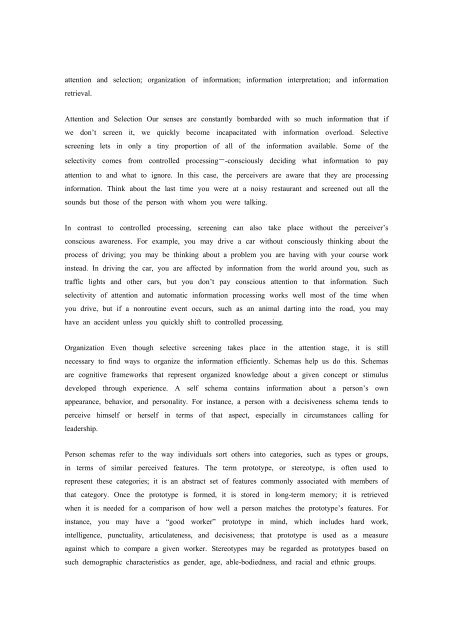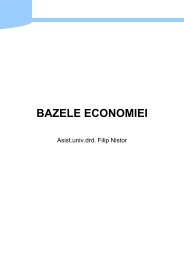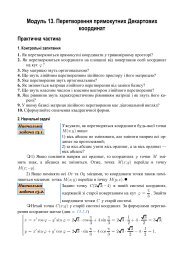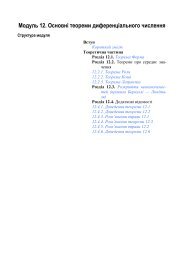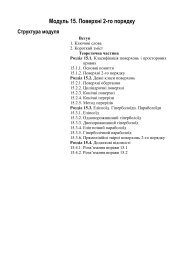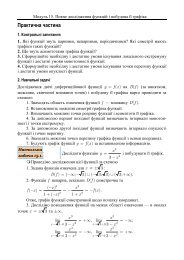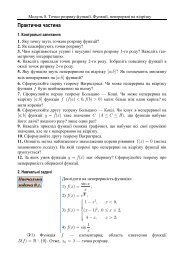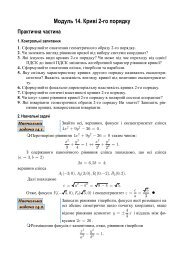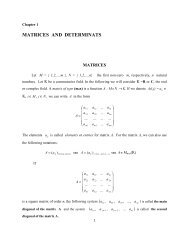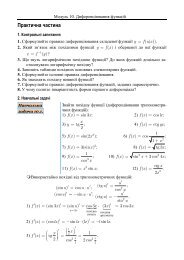4. Perception Understanding Key Concept - Uuooidata.org
4. Perception Understanding Key Concept - Uuooidata.org
4. Perception Understanding Key Concept - Uuooidata.org
Create successful ePaper yourself
Turn your PDF publications into a flip-book with our unique Google optimized e-Paper software.
attention and selection; <strong>org</strong>anization of information; information interpretation; and informationretrieval.Attention and Selection Our senses are constantly bombarded with so much information that ifwe don’t screen it, we quickly become incapacitated with information overload. Selectivescreening lets in only a tiny proportion of all of the information available. Some of theselectivity comes from controlled processing—-consciously deciding what information to payattention to and what to ignore. In this case, the perceivers are aware that they are processinginformation. Think about the last time you were at a noisy restaurant and screened out all thesounds but those of the person with whom you were talking.In contrast to controlled processing, screening can also take place without the perceiver’sconscious awareness. For example, you may drive a car without consciously thinking about theprocess of driving; you may be thinking about a problem you are having with your course workinstead. In driving the car, you are affected by information from the world around you, such astraffic lights and other cars, but you don’t pay conscious attention to that information. Suchselectivity of attention and automatic information processing works well most of the time whenyou drive, but if a nonroutine event occurs, such as an animal darting into the road, you mayhave an accident unless you quickly shift to controlled processing.Organization Even though selective screening takes place in the attention stage, it is stillnecessary to find ways to <strong>org</strong>anize the information efficiently. Schemas help us do this. Schemasare cognitive frameworks that represent <strong>org</strong>anized knowledge about a given concept or stimulusdeveloped through experience. A self schema contains information about a person’s ownappearance, behavior, and personality. For instance, a person with a decisiveness schema tends toperceive himself or herself in terms of that aspect, especially in circumstances calling forleadership.Person schemas refer to the way individuals sort others into categories, such as types or groups,in terms of similar perceived features. The term prototype, or stereotype, is often used torepresent these categories; it is an abstract set of features commonly associated with members ofthat category. Once the prototype is formed, it is stored in long-term memory; it is retrievedwhen it is needed for a comparison of how well a person matches the prototype’s features. Forinstance, you may have a “good worker” prototype in mind, which includes hard work,intelligence, punctuality, articulateness, and decisiveness; that prototype is used as a measureagainst which to compare a given worker. Stereotypes may be regarded as prototypes based onsuch demographic characteristics as gender, age, able-bodiedness, and racial and ethnic groups.


